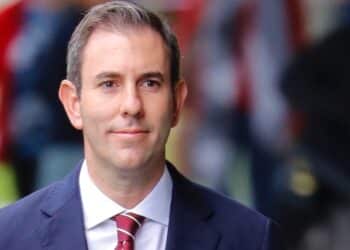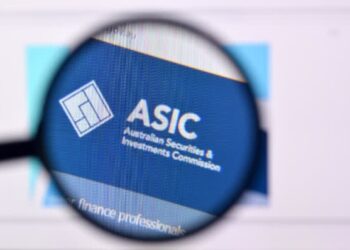Speaking at the SMSF Association’s Technical Summit in Sydney on Wednesday, chief executive Peter Burgess backed the minister’s decision to consult with industry on potential options for implementing a special levy for the $47.3 million beyond the Compensation Scheme of Last Resort (CSLR) subsector cap.
“The association acknowledges the importance of such a scheme, but to reduce the burden on any one individual sector, we encourage Treasury and the minister to explore ways of spreading the costs as widely as possible,” Burgess said.
He added that the association endorsed the statement by Australian Financial Complaints Authority (AFCA) deputy chief ombudsman June Smith, who had recently noted that “we are well beyond black swan events and bad apples and we need to look at these systemic issues across the industry and prevent them from happening in the first place – it’s not enough to have a CLSR at the end when the harm has occurred”.
Minister Mulino announced that he asked Treasury to consult on the statutory options available to deal with the Compensation Scheme of Last Resort (CSLR) 2025–26 revised claims, fees and costs estimate.
At the start of July, the CSLR operator released the FY2025–26 revised levy estimate, which lowered the amount attributable to the financial advice subsector to $67.3 million.
Along with the announcement, the CSLR notified Minister Mulino of the need for a special levy of $47.3 million.
At a high level, the options include spreading the compensation payable by the CSLR over a longer period of time, applying a special levy to the subsector that has exceeded the cap, or applying a special levy across additional subsectors.
Importantly, as the consultation paper noted, the minister’s “power to exercise these options is discretionary” and there are no requirements for a particular action and, indeed, no time frame for the minister to make the decision.
Burgess also stressed that the “root cause” of the ballooning costs through the CSLR – along with the surge of advice and SMSF complaints to AFCA – is conflicted advice models and inappropriate advice.
The 95 per cent increase in SMSF complaints in 2024–25 is down to these issues, not the SMSF structure itself, he added.
“While it may be very tempting for some to jump to the conclusion that SMSFs are the problem, that’s simply not the case,” Burgess said.
“These statistics, as well as the ballooning cost of Compensation Scheme of Last Resort levies, again highlight the importance of having a well-resourced regulator who can detect and act quickly on any signs of advice failure.”




It is called the Compensation Scheme of LAST Resort. So what actions have been taken against Dixons, Shield and First Guardian to get client’s money back. It seems regulators and the government are doing next to nothing to chase those who stole/mismanaged these monies and have simply pushed the clients of these products into a scheme that punishes those doing the right thing because it makes their job easier. There needs to be a significant change to the attitude to this scheme, as everyone seems to view it as an open cheque book where one sector, honest advisers, are footing the bill for the largest contributor to these claims which is product failures.
“The 95 per cent increase in SMSF complaints in 2024-25 is down to these issues, not the SMSF structure itself, he added. “While it may be very tempting for some to jump to the conclusion that SMSFs are the problem, that’s simply not the case,” Burgess said.”
Ah, yes… but the SMSF allows greater access to conflicted investments without checks and balances. The CEO of the SMSFA wouldn’t have a conflicted view on the matter though.
Remember, guns don’t shoot people, people do – but people without guns can’t shoot people.
If only there was a good guy with an SMSF to save us all…
Following your logic, what “conflicts” will in house “New Class of Advisers” have I wonder?
None.
In my opinion, Canberra will genuinely believe that a single product issuer adviser with trustee guidelines is a puritan who’d never put a conflict of interest ahead of their client.
That’s just how things roll in Australia when ‘friends of the party’ arguably have ‘preferred Trustees’.
It all seems to be based on ideology?
In my opinion, yes.
More FUM for your preferred trustee mates equals more power, more influence and more troughs for those mates to jam their filthy snouts in.